Afghanistan is a country that has been shaped by a turbulent history, and it also bears the unmistakable
mark of earthquakes. The Hindu Kush mountain range that runs through the center of the country, situated
along the collision zone of tectonic plates, is a constant reminder of the seismic acvity that has played a
significant role in shaping Afghanistan’s past.
To understand these tremors, one needs to take a journey through me, piecing together a narrave from
documented events and the whispers of the past.
Glimpses from the Distant Past: The Challenges of Early Records
Gathering informaon about Afghanistan’s earthquake history before the 20th century can be a difficult
task. While there are some writen records available, they are oen incomplete.
Early accounts rely on the tales of travelers and explorers, which can provide valuable informaon but may
also be subjecve. For example, there are menons of a destrucve earthquake in 734 AD, but determining
its exact locaon and magnitude is challenging. Due to the lack of precise data, it is difficult to get a
complete picture of the seismic acvity in the region’s distant past.
The 20th and 21st Centuries: A Period of Documented Tremors
The 20th century ushered in a new era of earthquake recording in Afghanistan. Technological
advancements and improved communicaon infrastructure allowed for more accurate documentaon of
seismic events. This period witnessed several devastang earthquakes that le an indelible mark on the
naon.
- • 1991 Hindu Kush Earthquake: This powerful tremor, esmated at a magnitude of 7.5, struck the
Hindu Kush region, causing widespread damage across Afghanistan, Pakistan, and the Soviet Union. The
death toll was significant, highlighng the vulnerability of the region’s infrastructure. - • The 1998 Takhar Tragedy: A series of earthquakes struck the remote northeastern province of
Takhar in 1998. The first temblor, in February, claimed the lives of at least 2,300 people, with some
esmates reaching as high as 4,000. Just a few months later, another powerful earthquake of magnitude
6.6 struck the same region, further adding to the devastaon. - • 2002 Hindu Kush Earthquakes: The year 2002 witnessed a pair of devastang earthquakes in the
Hindu Kush, demonstrang the complex nature of seismic acvity. The first, a deeper tremor with a
magnitude of 7.4, caused widespread yet relavely minor damage. However, the second, a shallower
earthquake with a magnitude of 6.1, unleashed its fury on a smaller area, tragically killing around 1,200
people. - • 2015 Hindu Kush Earthquake: This earthquake, with a magnitude of 7.5, ranks among the most
powerful recorded in Afghanistan’s history. While the epicenter was located in Pakistan, the tremors were
felt across Afghanistan and neighboring countries. The death toll, though significant at nearly 400 in
Afghanistan alone, could have been much higher if not for advancements in earthquake preparedness
measures. - • 2022 Badghis Earthquake: A stark reminder of Afghanistan’s vulnerability came in January 2022. A
shallow earthquake struck the western province of Badghis, claiming the lives of at least 26 people. This
event highlighted the ongoing need for robust disaster risk reducon strategies. - • October 2023 Herat Earthquakes: In October 2023, Herat Province, Afghanistan experienced four
Mww 6.3 earthquakes with aershocks. The earthquakes resulted in 1,482 fatalies, 2,100 injuries, 43,400
people affected, and 114,000 people requiring humanitarian aid.
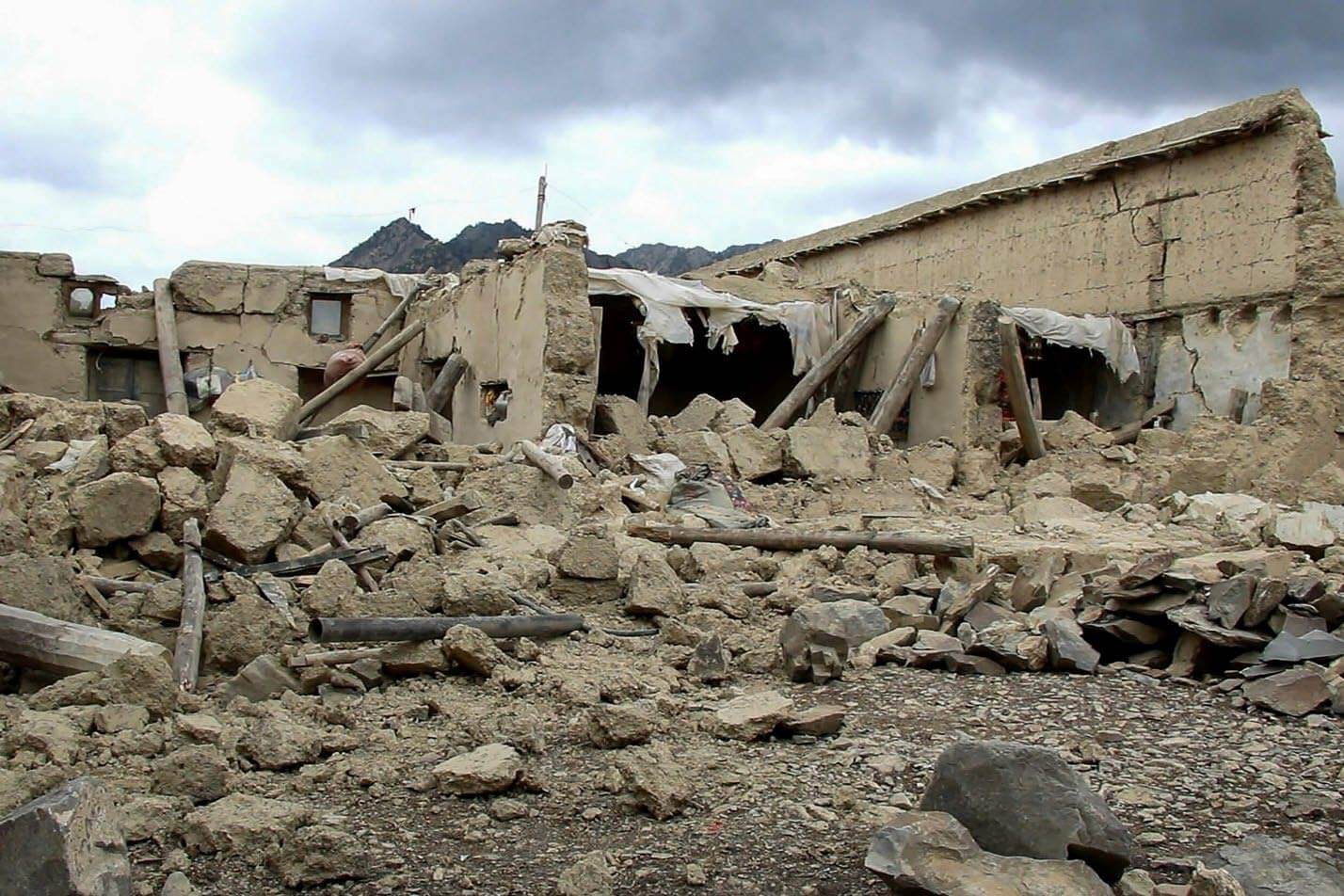
Living on the Edge: The Impact of Earthquakes in Afghanistan
Earthquakes in Afghanistan have a devastang impact beyond the immediate loss of life and destrucon of
property. Several factors contribute to the severity of these consequences:
- Vulnerable Infrastructure: A significant poron of Afghanistan’s populaon resides in poorly
constructed buildings, oen made of mudbrick. These structures offer litle resistance to the
shaking caused by earthquakes, leading to widespread collapse and casuales. - Limited Resources: Recovering from earthquakes is a monumental task. Afghanistan’s
challenging economic situaon oen hinders the ability to provide adequate medical care, shelter,
and rebuilding efforts in the aermath of a major tremor - Remote Locations: The mountainous terrain of Afghanistan can make it difficult to reach
affected areas aer an earthquake. This delays the delivery of vital aid and hampers rescue
operaons.
Kama Relief Foundation: Our Contribution Towards the people for Afghanistan
Despite war and natural disasters, our non-profit is helping to rebuild Afghanistan. Here’s what we’re
doing:
Orphan Support
Supporng orphans is at the heart of what we aim to do here at Kama Relief. The most neglected and the
most in need of our society are the orphans; those who have lost their means of support by losing those
family members that took care of their needs. They have now become OUR children, and their needs are
upon US.

 Emergency relief
Emergency relief
From devastang earthquakes and floods to medical emergencies and needs, an immediate and adequate
response is crical to saving lives and helping families get back on their feet. Kama Relief has been on the
ground responding to numerous emergencies over the last decade. We need your help to always stay
ready.

Clean Water
Kama Relief is working hard to make sure more vulnerable communies have access to clean water. We
have begun digging and installing water wells in many communies, allowing much easier access to clean
water. We have dug over 150 water wells, allowing families to stay healthy and focus on other aspects of
their lives

Providing food
. Hunger is widespread in Afghanistan, and Kama Relief is dedicated to fighng hunger on many levels.
During the last 10 nights of Ramadan, Kama Relief provides a hot iar meal to thousands of families in
different villages. Each night, families in the local village where we have our iar, send their young children
with pots to fill with rice, meat, and potatoes to take back home and enjoy together with their families at
iar me.


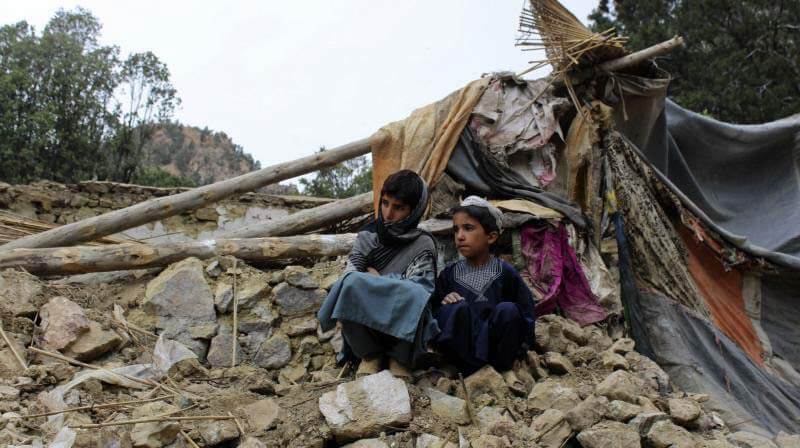
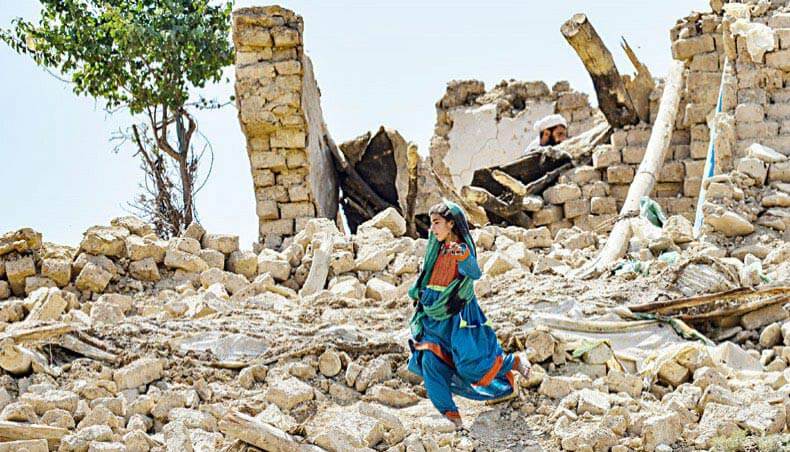

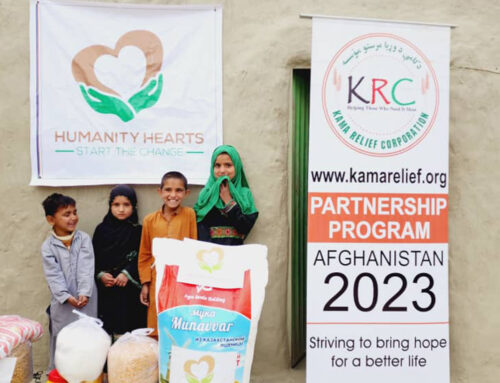
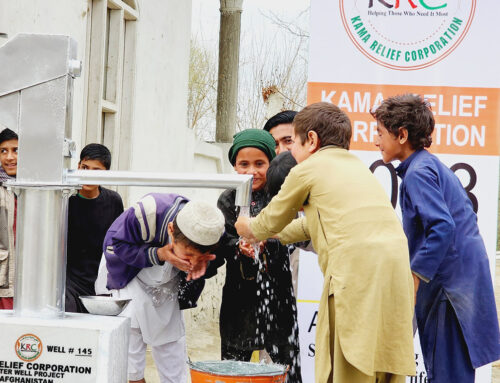
Leave A Comment
You must be logged in to post a comment.